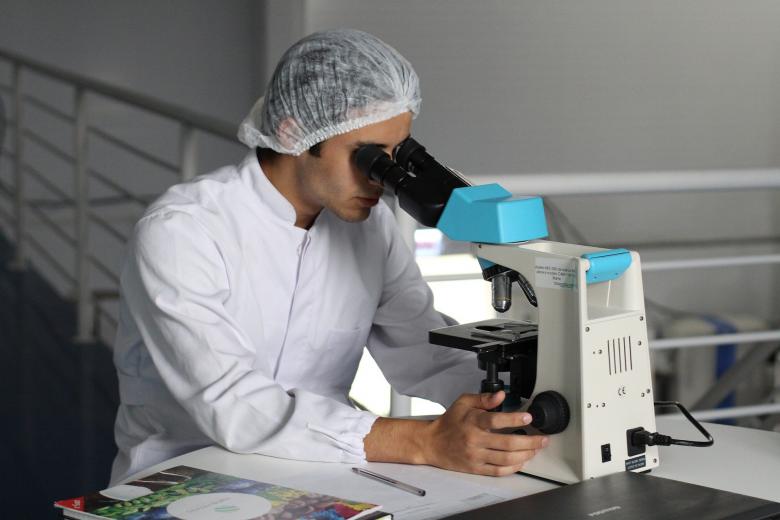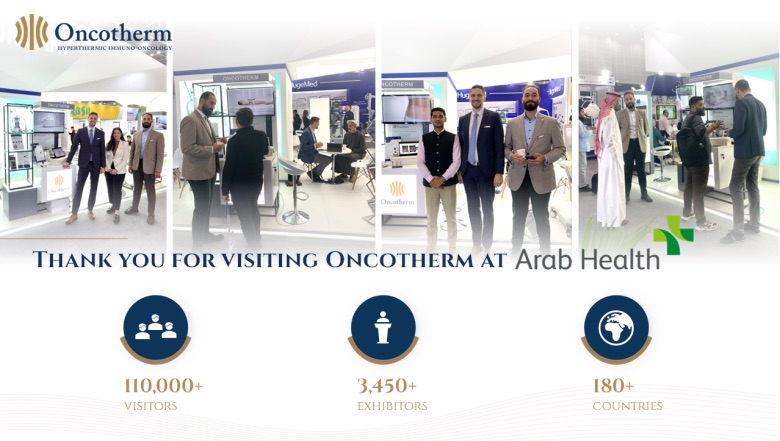https://doi.org/10.4236/ojbiphy.2021.113010
Andras Szasz, The Capacitive Coupling Modalities for Oncological Hyperthermia
The local-regional oncological hyperthermia has various electromagnetic methods for energy-transfer. The differences involve conceptual considerations and technical solutions. The most frequently applied energy transfer is capacitive coupling, concentrating the electric field to be the active heating component. The realization of the capacitive coupling set-up is divided into two different categories based on their goals for heating: 1) the homogeneous (conventional) heating, using isothermal conditions for dosing, and 2) the selective heterogeneous heating, using cellularly absorbed energy for dosing. The homogeneous heating utilizes plane-wave matching, absorbing the wave for energy transfer. The heterogenic heating uses impedance matching, selecting the malignant cells by their electromagnetic specialties, like their heterogenic impedance, higher membrane-raft density, and different spatio-temporal (pathologic pattern) arrangements. This article’s objective is to compare and discuss the details of the two kinds of capacitive coupling techniques.






